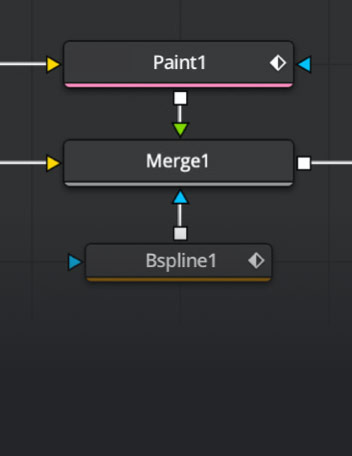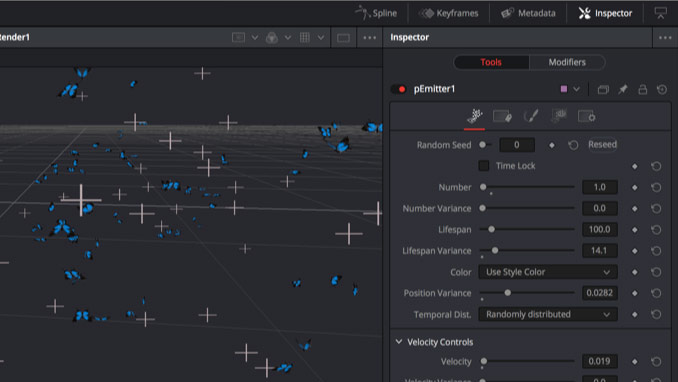
Create a Planar Transform node: Press the Create Planar Transform button on the Planar Tracker node to do this.Track the shot (see the tracking workflow in the Track section for the Planar Tracker node). Track: Using a Planar Tracker node, select a pattern that represents the object to be rotoscoped.

The key to using this technique is recognizing situations where the Planar Tracker performs well on an object that needs to be rotoscoped.Ī rough outline of the workflow involved is: Finelevel cleanup work on the rotospline then must be done.ĭepending on how well the Planar Tracker followed the object, this can result in substantial time savings in the amount of tedious rotoscoping. After an object is tracked, a Planar Transform node can then be used to warp a rotospline, making it approximately follow the object over time.
The workflow here centers around the notion that the Planar Tracker node can be used to track objects that are only roughly planar.

The Planar Transform node can be used to reduce the amount of time spent on rotoscoping objects. The Planar Transform node applies perspective distortions generated by a Planar Tracker node onto any input mask or masked image.


 0 kommentar(er)
0 kommentar(er)
